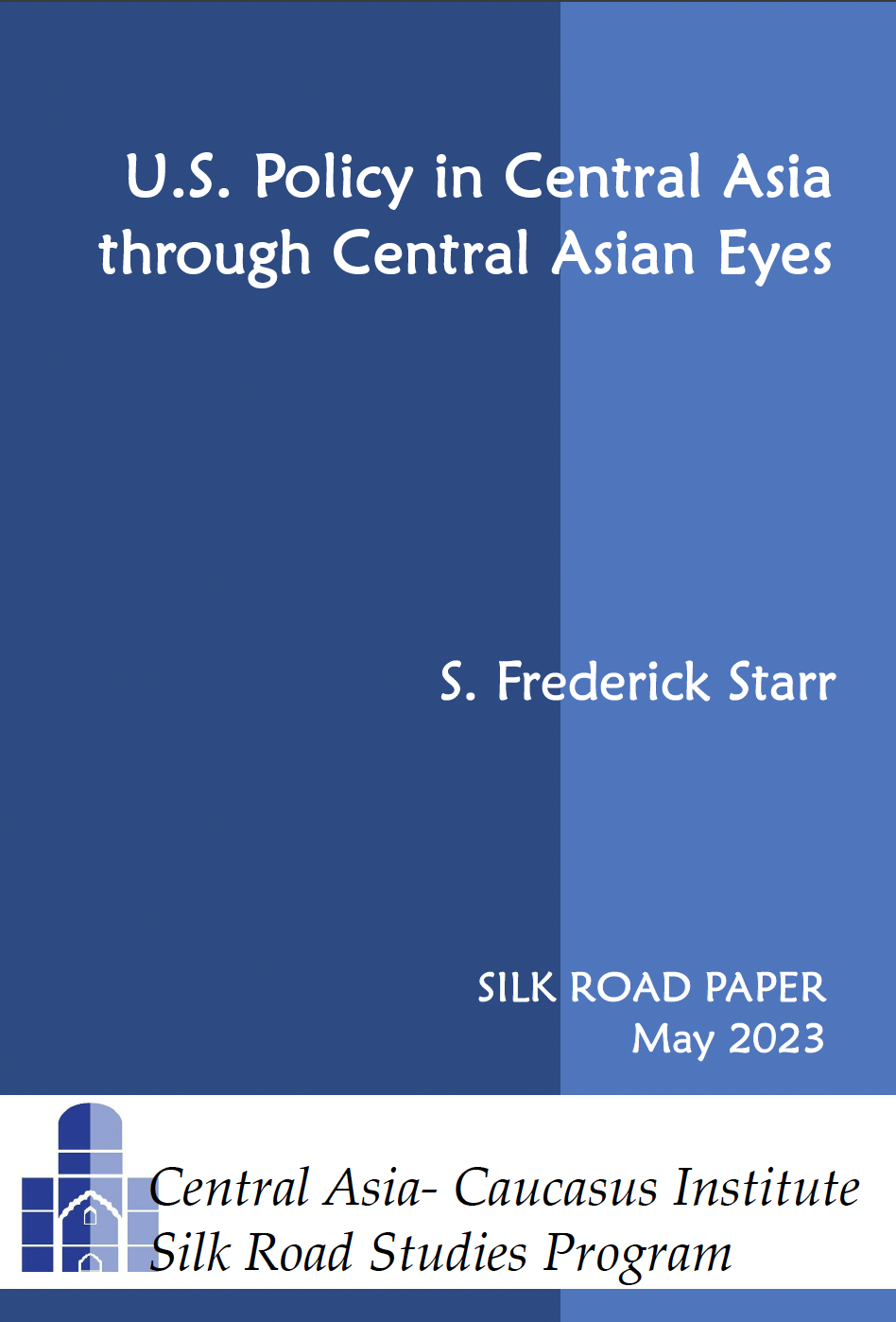Ingush Police to support Chechen Units in Syria
By Huseyn Aliyev
April 26, 2017, the CACI Analyst
A 300-strong battalion of Ingush military police, assembled from among Ingush Special Forces, was dispatched to Syria in February as announced by the head of the Ingush Republic Yunus-bek Yevkurov. According to the Russian Ministry of Defence, Ingush soldiers will replace Chechen military police sent to support pro-Assad forces in and around Aleppo in December 2016. However, in a recent statement, Chechen security officials confirmed that the Chechen units would most likely remain in Aleppo until August 2017. As ceasefire violations between pro-Assad forces and the Syrian opposition become more frequent, reinforcements from Ingushetia may indicate Russia’s intentions to increase its ground troops in Syria.
The China-Pakistan Economic Corridor Between Hope and Fear
By Mushtaq A. Kaw
April 26, 2017, the CACI Analyst
In December 2016, China’s Ambassador to Pakistan, Zhao Lijian, stated that “CPEC is working well” with the support of the Pakistani people, notwithstanding certain opposition. The statement is characteristic of China’s and Pakistan’s praise for the China-Pakistan Economic Corridor (CPEC) as a game changer for their respective economies and regional connectivity. Yet in reality, the project faces a variety of intricate economic challenges as well as security threats. Its success will therefore depend upon an inclusive, balanced and sustained China-Pakistan approach towards the forces hostile to the project. Even then, the project will have various geopolitical, geo-economic and geo-strategic implications for the region and the world.
A Year After The “Four-Day War”, Guns Continue to Speak Louder than Diplomats in Nagorno-Karabakh
By Azad Garibov
April 21, 2017, the CACI Analyst
One year has passed since the “Four-Day War” – an unprecedented escalation of the Nagorno-Karabakh conflict on April 1-5, 2016 that claimed the lives of over a hundred soldiers on both sides. The conflict over Nagorno-Karabakh has never been truly frozen, yet the increased intensity of clashes since April 2016 demonstrates that violence can flare up at any time, destabilizing the already fragile region. As no peaceful solution is visible on the horizon, the Line of Contact (LoC) between Azerbaijan’s and Armenia’s armed forces has become the most militarized area of the former Soviet Union. Azerbaijani and Armenian societies have also grown increasingly nationalistic as fighting intensifies and casualty rates grow on the frontline.
Central Asian Militants’ Shifting Loyalties in Syria: The Case of The Turkistan Islamic Party
By Jacob Zenn
April 19, 2017, the CACI Analyst
Since the August 30, 2016 car bombing in front of the Chinese embassy in Bishkek, Kyrgyzstan, concerns have increased about Central Asians carrying out attacks in their homelands after they leave the war in Syria. A growing number of Central Asians in Syria, especially in the Turkistan Islamic Party (TIP), are becoming dissatisfied with al-Qaeda because it is limiting external operations, while the terrorist organization known as the Islamic State in Iraq and Syria (ISIS) is actively promoting attacks abroad. Moreover, a number of TIP fighters disagree with the Syrian al-Qaeda affiliate's re-branding to appear "less al-Qaeda-like" and "more Syrian." ISIS is eager to see defected TIP members in its ranks, which could enable these fighters to target Central Asian or Chinese interests abroad in the name of ISIS.



 Silk Road Paper S. Frederick Starr,
Silk Road Paper S. Frederick Starr,  Book Svante E. Cornell, ed., "
Book Svante E. Cornell, ed., "